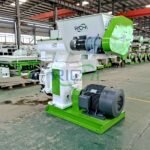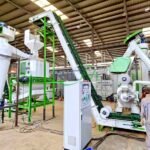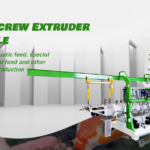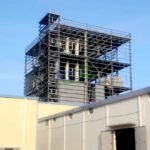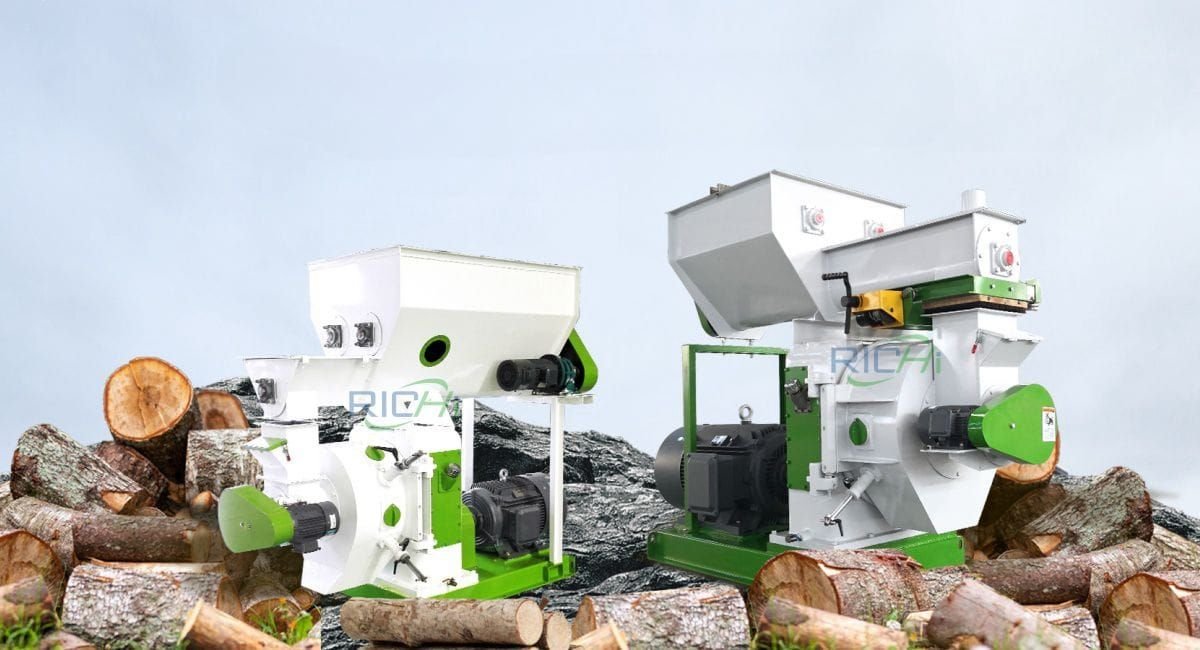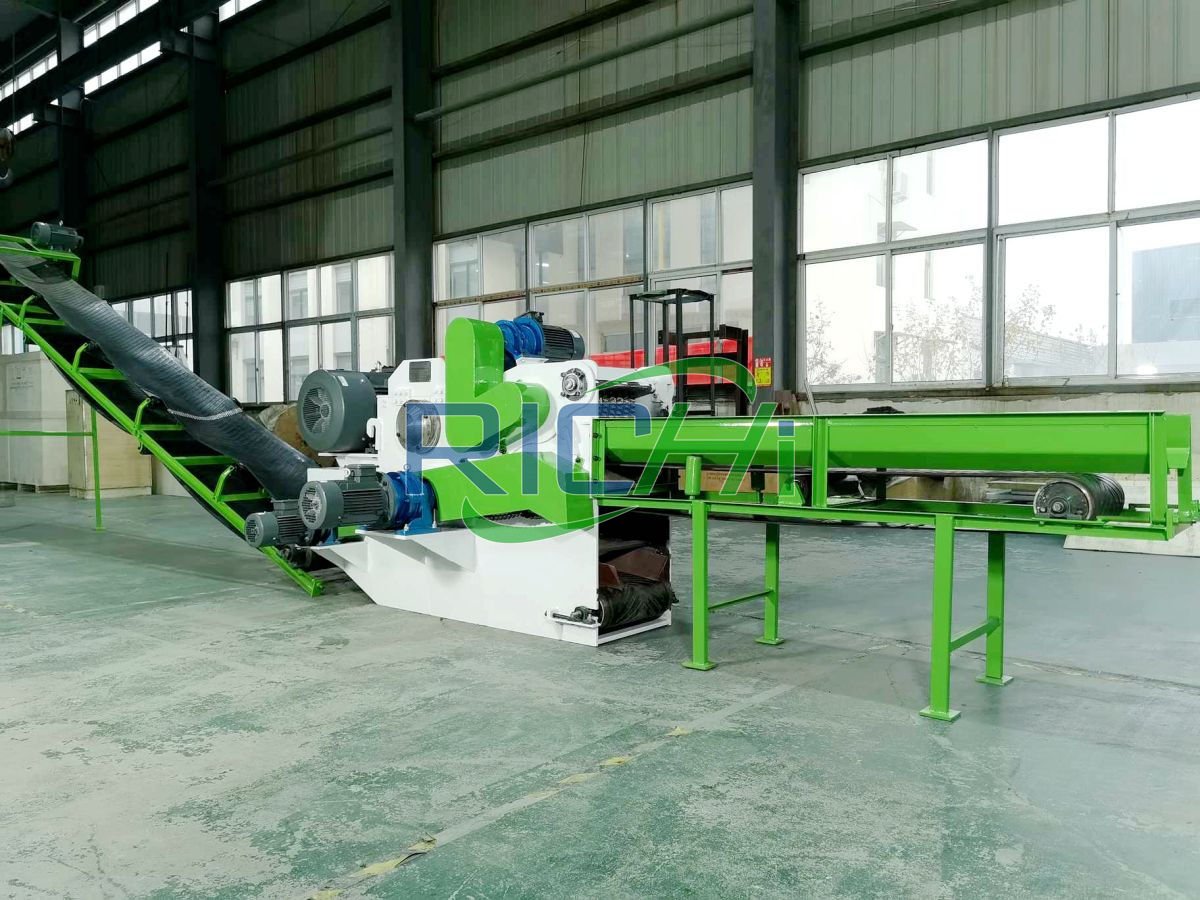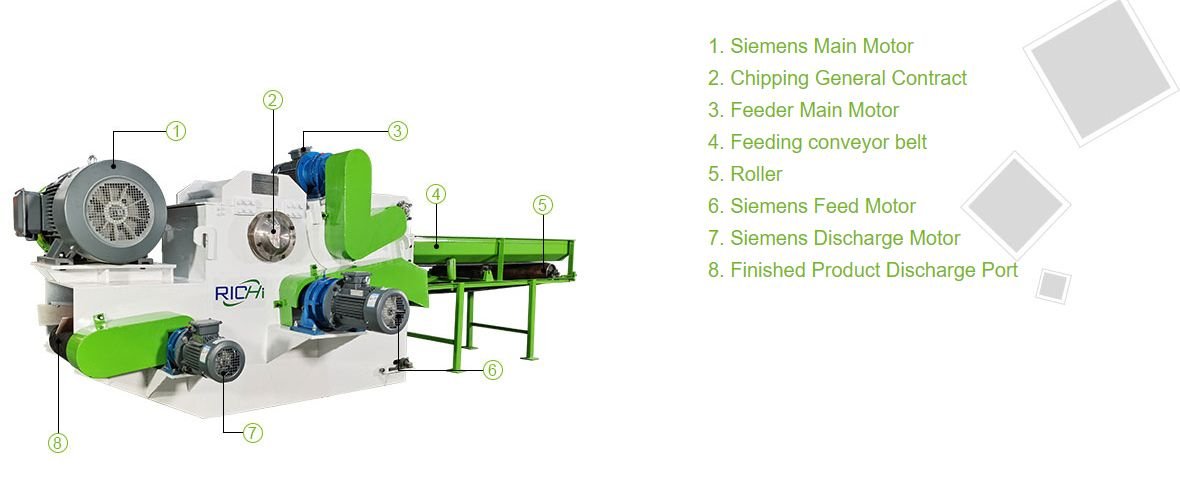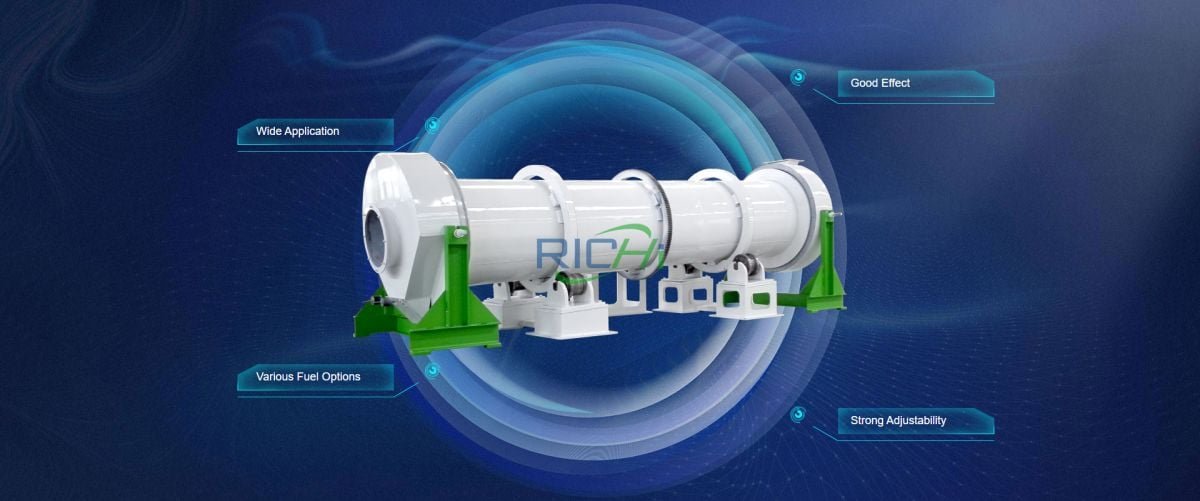Sawdust pellet machines play a crucial role in converting wood waste into high-density pellets, which are used for energy production, animal bedding, and other applications. Regular inspection and maintenance of the machine’s components are essential to ensure optimal performance, efficiency, and longevity. Understanding when to conduct these inspections can help prevent costly downtime and maintain consistent production quality. This article discusses the key components of a sawdust pellet machine that require regular inspection and the best times to perform these checks.
1. Pellet Die
The pellet die is one of the most critical components of a sawdust pellet machine, as it shapes the raw material into pellets.
- Inspection Frequency: The pellet die should be inspected after every production cycle or daily, depending on the volume of production.
- Signs to Look For: Check for wear and tear, such as enlarged holes, cracks, or uneven surfaces. A worn die can lead to poor pellet quality and increased energy consumption.
- Best Time for Inspection: Inspect the die at the end of each production day to identify any wear that may have occurred during operation. Regular checks can help you schedule replacements proactively, minimizing production disruptions.
2. Rollers
Rollers work in conjunction with the die to compress the sawdust material into pellets.
- Inspection Frequency: Rollers should be inspected weekly or after significant production runs.
- Signs to Look For: Look for uneven wear patterns, cracks, or excessive play in the roller shafts. Worn rollers can lead to slippage and inconsistent pellet quality.
- Best Time for Inspection: Conduct roller inspections during routine maintenance checks, typically scheduled weekly or bi-weekly. This timing allows you to address any issues before they impact production efficiency.
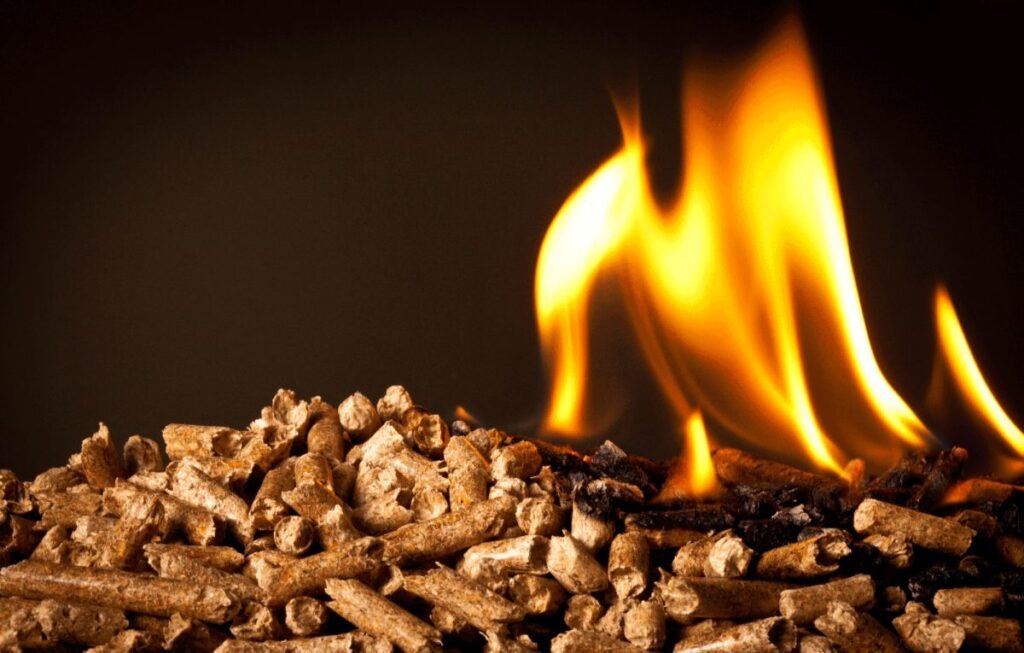
3. Bearings
Bearings support the rotating components of the sawdust pellet machine, such as the roller and die shafts.
- Inspection Frequency: Bearings should be inspected monthly or during routine maintenance.
- Signs to Look For: Listen for unusual noises, vibrations, or excessive play in the shafts, which can indicate bearing wear. Inspect for signs of grease leakage or overheating.
- Best Time for Inspection: Perform bearing inspections during the monthly maintenance schedule. Additionally, inspect bearings after extended periods of operation or when unusual noises are detected during production.
4. Gearbox
The gearbox transmits power from the motor to the pellet mill, ensuring that the appropriate speed and torque are applied during the pelleting process.
- Inspection Frequency: Inspect the gearbox monthly or during routine maintenance.
- Signs to Look For: Check for oil leaks, unusual noises, or vibrations that may indicate wear or damage to the gears or bearings.
- Best Time for Inspection: Schedule gearbox inspections during monthly maintenance checks. Additionally, inspect the gearbox after any incidents of overload or unusual operation to ensure it is functioning correctly.
5. Lubrication System
The lubrication system is essential for providing adequate lubrication to various moving components of the sawdust pellet machine.
- Inspection Frequency: Inspect the lubrication system weekly to ensure it is functioning correctly.
- Signs to Look For: Check for leaks, blockages, or insufficient lubrication levels. Inadequate lubrication can lead to excessive wear and potential damage to machine components.
- Best Time for Inspection: Conduct lubrication system inspections during weekly maintenance. Regular checks help ensure that all components are adequately lubricated and functioning smoothly.
6. Feed Hopper
The feed hopper is where raw materials are loaded into the pellet machine. It plays a crucial role in regulating the flow of sawdust into the machine.
- Inspection Frequency: Inspect the feed hopper daily or before each production run.
- Signs to Look For: Look for signs of wear or damage, such as cracks or blockages that could hinder material flow.
- Best Time for Inspection: Perform feed hopper inspections before starting each production day. This timing ensures that the hopper is clean and ready for operation, allowing for a smooth feeding process.
7. Cooling System
After the pellets are formed, they need to be cooled to maintain their quality and prevent spoilage.
- Inspection Frequency: Inspect the cooling system weekly or during routine maintenance.
- Signs to Look For: Check for blockages, leaks, or signs of inadequate cooling, such as soft or deformed pellets.
- Best Time for Inspection: Schedule cooling system inspections during weekly maintenance checks. Additionally, inspect the system after any production run that results in unusually high pellet temperatures. (Related post:wood chip press)
8. Electrical Components
Electrical components, including the motor, control panel, and wiring, are critical for the operation of the sawdust pellet machine.
- Inspection Frequency: Inspect electrical components monthly or during routine maintenance.
- Signs to Look For: Look for frayed wires, loose connections, or signs of overheating, such as discoloration or burning smells.
- Best Time for Inspection: Conduct electrical component inspections during monthly maintenance checks. Additionally, inspect these components after any electrical issues or malfunctions are detected.
9. General Maintenance Practices
In addition to inspecting specific components, implementing general maintenance practices can enhance the overall performance and longevity of your sawdust pellet machine.
- Establish a Maintenance Schedule: Create a routine maintenance schedule that includes inspections, lubrication, and part replacements based on the manufacturer’s recommendations.
- Keep Records: Maintain detailed records of inspections, maintenance activities, and any issues encountered. This documentation can help identify trends and inform future maintenance decisions.
- Train Operators: Ensure that operators are trained on proper machine operation and maintenance procedures. They should be able to identify potential issues and perform basic maintenance tasks.
Conclusion
Regular inspection and maintenance of the key components of a sawdust pellet machine are essential for ensuring optimal performance, consistent pellet quality, and minimizing downtime. By focusing on the pellet die, rollers, bearings, gearbox, lubrication system, feed hopper, cooling system, electrical components, and implementing general maintenance practices, you can help extend the lifespan of your machine and improve its efficiency.Investing time and resources in regular inspections and maintenance will pay off in the long run by reducing operational costs, improving product quality, and enhancing the overall reliability of your sawdust pellet production process. As the demand for renewable energy sources continues to grow, maintaining a well-functioning sawdust pellet machine will be crucial for success in this competitive industry.


